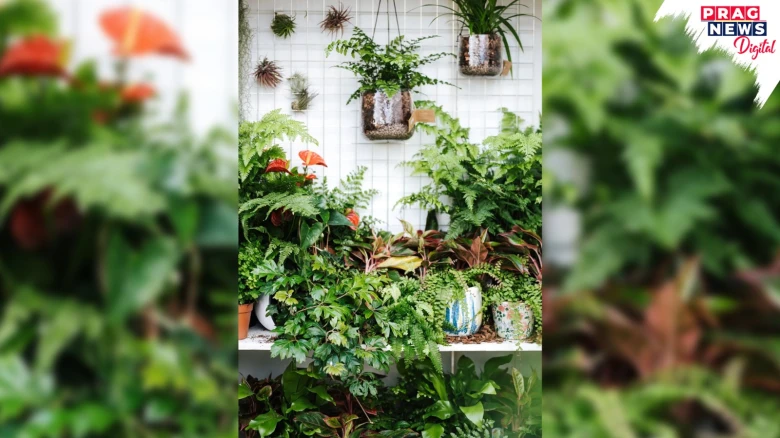International

Multiple studies have found that plants in the workspace increase both productivity and creativity…
Digital Desk: The practice of keeping plant interiors is still gaining momentum, thanks to an Instagram-aesthetic, podcast. The Designs are cyclic but this trend is likely to remain popular due to its inherent health and wellness impact supported scientifically. Here's what research reveals about the positive impact of houseplants
Stress Relief and Relaxation
Improved Focus and Attention
Faster Recovery from Illness
postoperative pain were reported lower in patients with greenery surrounding them, and they also received less analgesia; besides, their hospital stay was shorter.
Multi-tasking means Increased Productivity and Creativity
aesthetically pleasing – it leads to increased productivity. Research has shown that greenery opens up opportunities for productivity to go up by 15 percent while cases of sickness are likely go down by 15 percent.
Cleaner Indoor Air
effectively absorb chemicals like formalin, benzene, and xylene making the atmosphere a bit healthier.
Get to know some useful recommendations and guidelines for growing indoor gardens.
Indoor plants are no longer just about aesthetics, it is a way of improving our current quality of life and reducing stress. Thus, by applying plants to your space, you support not only the growth of your surroundings, but of yourself as well, and recalling, plants are given to us by nature as a solution to our urbanized lives.
Leave A Comment